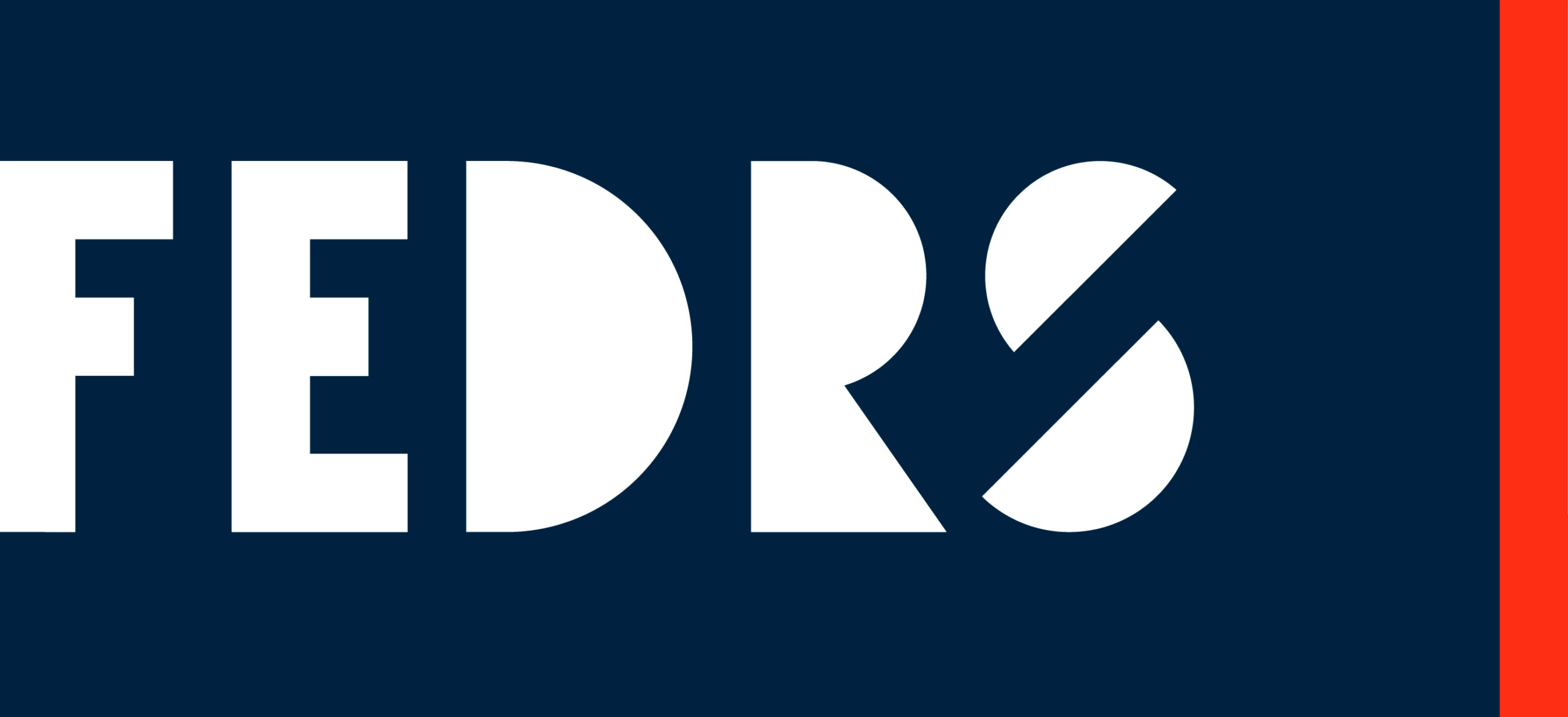
As we step further into 2025, the landscape for nicotine pouches across Europe is shifting rapidly. In the absence of a unified framework from the European Union, more and more countries are enacting their own restrictions—or outright bans—on these increasingly popular products. The driving forces? Concerns over rising health risks and the alarming growth of use among young people.
France Rings the Alarm Bell
France recently became the latest country to take decisive action, instituting a nationwide ban on nicotine pouches. Authorities there have expressed serious concerns about the product’s appeal to adolescents and potential health consequences, likening their risk profile to that of snus—a smokeless tobacco product banned across the EU (except in Sweden).
But nicotine pouches differ from traditional smokeless tobacco. They contain no tobacco leaf—only powdered nicotine, flavorings, and other additives, absorbed through the gum. While they’re often marketed as a “safer” alternative, the long-term health effects are still unknown. What is known, however, is that their popularity is rising—fast.
A Patchwork of National Regulations
Without a centralized EU directive, each country is crafting its own policy. Here’s a closer look at how different European nations are responding:
France
Effective February 2025, France has banned the sale of nicotine pouches altogether. Health authorities cited their increasing use among youth and their discreet consumption method. Reports of nicotine poisoning have spiked from just 19 cases in 2020 to over 130 in 2022, prompting swift action.
Latvia
From January 2025, sales to individuals under 20 are now prohibited, part of a broader initiative to limit access to all nicotine products.
Germany
Germany classifies nicotine pouches as food rather than tobacco, allowing regulators to pull dangerous products from shelves. While online sales are still accessible, there is growing advocacy for regulated retail availability.
Belgium
Belgium enacted a full ban in 2023 as part of its smoke-free generation initiative. However, local investigations have revealed continued access through physical shops and online platforms.
Denmark
Denmark has adopted forward-looking measures. By 2026, only tobacco and menthol-flavored pouches will be allowed under the Flavored Nicotine Ban, with nicotine content caps also expected. The government has raised taxes on pouches to match cigarette pricing and curb youth usage.
Luxembourg
In 2024, the country banned sales to minors, limited advertising, and introduced new taxation. Further discussions are ongoing about flavor and nicotine restrictions.
Czech Republic
Since 2023, sales to those under 18 are prohibited, and nicotine levels in pouches are capped at 10 mg.
Finland
Initially passing stricter laws in late 2024, Finland faced backlash over industry lobbying. The result? A softened stance that allows only mint and menthol flavors under the flavored nicotine ban 2025, while still aiming to eliminate nicotine use entirely by 2030.
Poland
While nicotine pouches remain legal, Poland is planning to ban synthetic nicotine products. Broader policy changes are on the horizon to better control access and limit youth exposure.
Austria
Austria’s health ministry is proposing regulations that would align nicotine pouch rules with cigarette laws—banning advertising and requiring health warnings. Although some regional rules already exist, national legislation is still in the works.
Hungary
In 2024, Hungary introduced mandatory packaging warnings and set a nicotine limit of 17 mg per pouch across all substitutes. This lays a foundation for more comprehensive rules ahead.
The Road Ahead: Awaiting EU Action
As European countries chart their own paths, pressure is building on the European Commission to revise the Tobacco Products Directive —unchanged since 2014. Until that happens, each nation will continue to walk the tightrope between protecting public health and managing a fast-changing market.


Leave a Reply